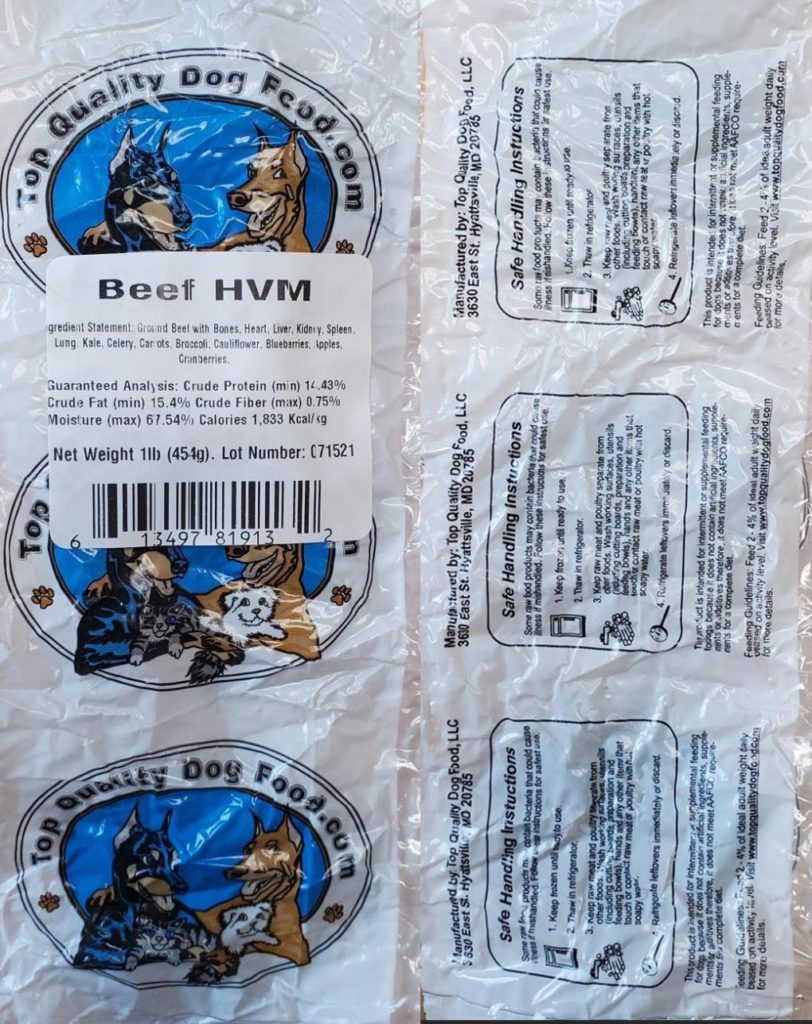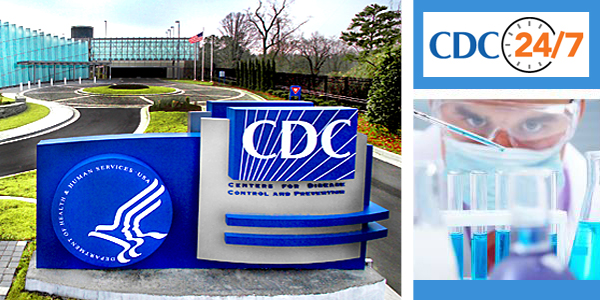The FDA advises consumers not to purchase or eat any seafood products sold or processed by Felix Custom Smoking due to possible Listeria monocytogenes contamination. Felix Custom Smoking of Monroe, Washington, is a processor of a variety of ready-to-eat salmon, squid jerky, frozen, hot smoked, and cold-smoked seafood. The firm also processes seafood products for companies that distribute these products independently. Some of Felix’s products include Felix Northwest Blend Smoked Wild King Salmon, Felix Northwest Blend Smoked Wild Sockeye Salmon, Felix Northwest Blend Smoked Wild Tuna, Felix Pepper Smoked Wild Mixed Salmon Jerky, and Felix Wild Keta Teriyaki Smoked Salmon Jerky. One of Felix’s customers, Loki Fish Company, issued its product recall on August 23, 2021. The FDA detected the pathogen Listeria monocytogenes and other strains of Listeria during an inspection at Felix Custom Smoking that began on July 19, 2021, and is still ongoing. As part of the inspection, on July 19, 2021, the FDA collected environmental samples from the firm, consisting of 104 samples from direct food contact surfaces and areas near direct food contact surfaces. Laboratory analysis shows that of the 104 samples collected, 19 tested positive for Listeria monocytogenes, and four tested positive for other strains of Listeria. Of the 19 samples that were positive for Listeria monocytogenes, five were collected from food contact surfaces. The FDA has notified Felix of its findings, but the company has refused to initiate a recall and is currently processing seafood. @ https://www.fda.gov/food/alerts-advisories-safety-information/public-health-alert-concerning-possible-listeria-contamination-felix-custom-smoking-seafood-products?utm_medium=email&utm_source=govdelivery
FDA is alerting consumers who have purchased Felix Custom Smoking branded products directly from the firm, as well as companies and commercial and sports fishermen who have used Felix to process, package, and/or label their seafood.
ruth
Top Quality Dog Food of Hyattsville, MD recalled “Beef HVM” 1-pound packages due to the potential of Salmonella spp., Listeria monocytogenes contamination. The recalled “Beef HVM” was distributed in DC, MD, VA, DE, PA, MA, CT, and SC, and the product was distributed through mail order and direct delivery from 7/27/21 to 8/2/21. The “Beef HVM” comes in a 1-pound package marked with lot #071521 on the bottom right corner of the label. No illnesses have been reported to date related to the product. The contamination was noted after a state surveillance sample revealed Salmonella and Listeria monocytogenes in some 1-pound packages of Beef HVM. The remaining “Beef HVM” has been quarantined. The company has discontinued the distribution of this batch during the investigation of the source of the contamination. @ https://www.fda.gov/safety/recalls-market-withdrawals-safety-alerts/top-quality-dog-food-recalls-batch-beef-hvm-1-pound-packages-lot-number-071521-because-possible?utm_medium=email&utm_source=govdelivery
Top Quality Dog Food of Hyattsville, MD is recalling “Beef HVM” 1-pound packages due to the potential of Salmonella spp., Listeria monocytogenes. Salmonella, Listeria, can affect animals eating the product and there is risk to humans handling contaminated products, especially if they have not thor
ruth
The FDA reported that Loki Fish Company of Seattle, Washington, is recalling 4 oz. packages of Keta Salmon Lox (UPC 92103 00111) because it can be contaminated with Listeria monocytogenes.The Keta Salmon Lox is packaged in a 4 oz. plastic package on a coated board. It is labeled as Wild Keta Lox, Loki Fish Co., Seattle, WA. The Keta Salmon Lox was distributed through Cherry Sprout Produce in Portland, OR, and Central Co-op and Pacific Coast Harvest in Seattle, WA. It was also sold at the University District and West Seattle Farmers Markets in WA. No illnesses have been reported to date. The contamination was discovered during the FDA inspection at the co-packer Felix Custom Smoking of Monroe, Washington, in July 2021. Loki submitted samples of the Keta Lox to Micro-Chem Laboratories for testing. Loki has ceased production, sales, and distribution of keta lox immediately, and Loki will continue investigating what caused the problem. @ https://www.fda.gov/safety/recalls-market-withdrawals-safety-alerts/loki-fish-company-recalls-keta-salmon-lox-because-possible-health-risk
Loki Fish Company of Seattle, Washington is recalling 4 oz. packages of Keta Salmon Lox (UPC code 92103 00111) because it has the potential to be contaminated with Listeria monocytogenes
ruth
The CDC reported that 36 people were reported sick from 17 states (AZ (5), CA (7), CO (1), IL (4), IN (1), MD (1), MI (2), MN (2), NV (1), NY (1), OH (3), OR (1), TX (2), UT (1), VA (1), WA (2), and WI (1)), and 12 people have been hospitalized. No deaths have been reported. Ill people reported eating Fratelli Beretta brand Uncured Antipasto trays before they got sick.CDC is advising people not to eat Fratelli Beretta brand prepackaged uncured antipasto trays. Trays can include uncured salami, prosciutto, coppa, or soppressata. They were sold nationwide and have “best by” dates on or before February 11, 2022. @ https://www.cdc.gov/media/releases/2021/s0826-salmonella-italian-style-meats.html




